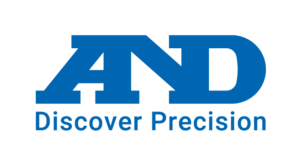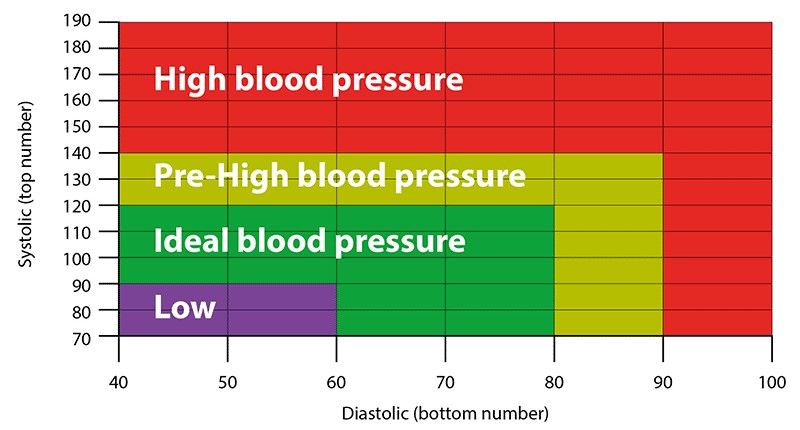400km Above the Earth’s Surface
A&D’s Blood Pressure Monitor on the International Space Station
A&D’s technology helps build power stations, bullet trains and rockets but our Upper Arm Blood Pressure Monitors unit may be A&D’s first product to leave the stratosphere. If the ISS relies on the high performance, reliability and accuracy of A&D’s blood pressure monitoring technology, then so can you!
In this Russian documentary, cosmonaut Sergey Volkov is using an A&D BPM to monitor his blood pressure (starting at time stamp 4:50) as part of regular health checks performed daily.
This activity was part of a yearlong mission aboard the ISS in 2016 to research the medical, psychological and biomedical challenges faced by space explorers during long-duration spaceflight.
A&D UA-767S Upper Arm Blood Pressure Monitor
The UA-767S is the latest in the range of UA-767 devices from A&D – our flagship model since 1985.
It benefits from our 2nd generation IHB technology, which now measures the frequency of IHB (Irregular Heart Beat) detection as well as screening for Atrial Fibrillation – shown by icons and divided into different grades. This now enables the user/clinician to see how often IHB/AFib has been detected – indicating the level of risk to the patient. If the grade is high, you should consult a doctor immediately.
Features:
- 3rd generation of the flagship UA-767 range
- A&D’s Slimfit™ Cuff – latex and metal free, covering 22-32cm
- 2nd generation IHB/AFib (Irregular Heart Beat) Indicator to show frequency IHB/AFib%
- Cuff Fit Error Indicator
- Movement Error Indicator
- WHO Blood Pressure Classification Indicator
- 60-memory + Average Reading
- ESH Clinical Validation






